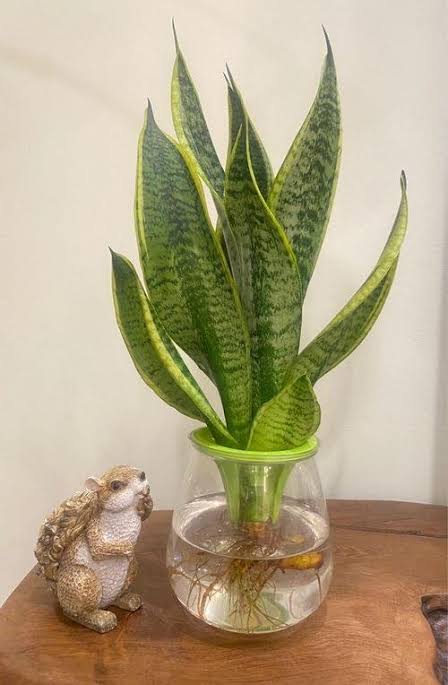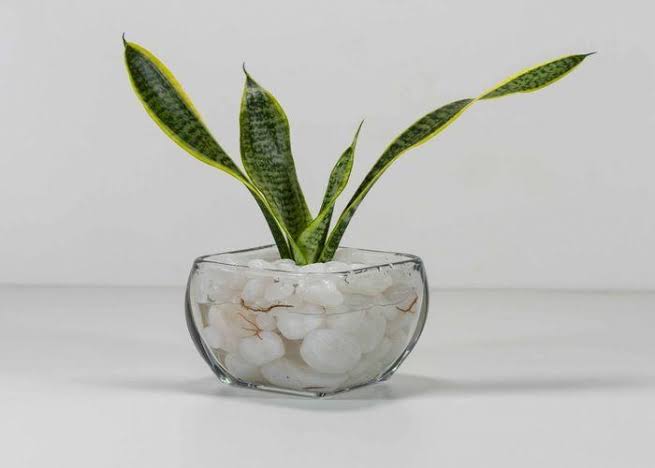Snake plants are easy to grow and care for, making them a popular choice for houseplants. They can tolerate a wide range of conditions, but they do best in bright, indirect light and moist, well-drained soil. Here are some tips for growing and caring for snake plants:
- Watering: Snake plants like to be kept moist, but not soggy. Water them when the top inch of soil is dry.
- Soil: Snake plants prefer a well-draining potting mix. A good mix for snake plants would be a mix that is 50% potting soil, 25% perlite, and 25% sand.
- Light: Snake plants can tolerate a wide range of light conditions, but they do best in bright, indirect light. Avoid placing them in direct sunlight, as this can scorch their leaves.
- Fertilizer: Snake plants do not need to be fertilized often. Fertilize them once a month during the spring and summer with a balanced fertilizer.
- Pests and diseases: Snake plants are relatively resistant to pests and diseases. However, they can be susceptible to mealybugs, spider mites, and scale. If you see any pests on your plant, isolate it and treat it with an insecticidal soap or neem oil.
- Propagation: Snake plants can be easily propagated from their offsets. To propagate a snake plant, simply cut an offset from the mother plant and allow it to callous for a few days. Then, plant the offset in a pot of well-draining potting mix.
With proper care, snake plants can live for many years. They are a great choice for anyone who wants an easy-to-care-for houseplant.

Here are some additional tips for growing and caring for snake plants:
- Snake plants are air-purifying plants. They can help to remove toxins from the air, making them a great choice for indoor air quality.
- Snake plants are a symbol of good luck and prosperity. They are often given as gifts to new homeowners or businesses.
Here are some common problems that you may encounter when growing snake plants and how to solve them:
- Brown tips on the leaves: This is usually caused by overwatering. Allow the soil to dry out completely between waterings.
- Yellowing leaves: This can be caused by a number of factors, including underwatering, too much sunlight, or nutrient deficiency. Make sure the plant is getting enough water, is not in direct sunlight, and is fertilized regularly.
- Stunted growth: This can be caused by a lack of sunlight or nutrients. Make sure the plant is getting enough sunlight and is fertilized regularly.
If you are having trouble with your snake plant, it is always best to consult with a gardening expert.


One thought on “How to Grow and Care for Snake Plants for Beginners”